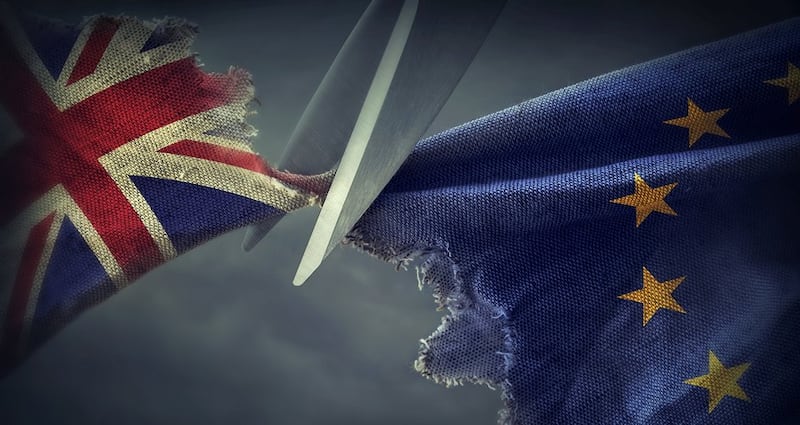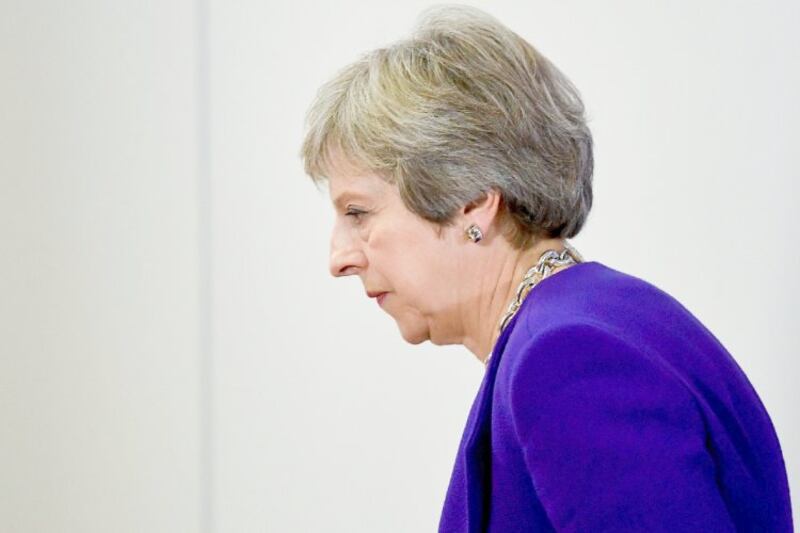On this both the Irish and British are agreed. Both see the priority in the weeks ahead as working on means to assure their public that the backstop will never be invoked and used.
Even if they believe in their heart of hearts that it will be.
And British prime minister Theresa May says the same of the suggested extension to the UK transition from the EU: “The point is that this is not expected to be used.”

This is all because there is a clear common understanding – most reassuring to Dublin – that there is no possibility of the EU 27 and the UK repudiating their joint commitment to a backstop insurance to protect a frictionless border in Ireland “unless and until” a “better” deal can be agreed.
Irish Times view on the EU summit: worrying weeks ahead as shape of Brexit remains unclear
It may be too late for Theresa May to win back trust in Brussels and London
Brexit: Tusk says EU leaders would respond positively to request for longer transition
Theresa May calls for government unity ahead of EU summit
That deal is supposed to be the comprehensive agreement defining the future relationship between the EU and the UK which will be negotiated only once the UK has actually left.
The best way to make the inevitable backstop palatable to both unionists and Brexiteers on the Tory backbenches, both sides reckon, is to assure everyone it will never need to be implemented.
Unpalatable
Ms May’s logic is the same in relation to the unpalatable transition extension. Brexiteers fear this is another way of keeping the UK tied to the EU, delaying the good ship UK’s golden future trading with the world, and of forcing it to continue to contribute to EU coffers. But it’s only a fallback position, another backstop insurance, that won’t have to be used, the PM says.
The problem that will not go away is the question of how realistic is the prospect of, to use Simon Coveney’s word, a “better” deal in that future relationship agreement.
The DUP's characterisation of the backstop as a permanent arrangement has a real ring of truth
“What we would like is a future trading relationship that is so comprehensive as to not require any border infrastructure on the island of Ireland or anywhere else for that matter between the UK and the EU single market and customs union,” Mr Coveney said this week.
“It remains to be seen whether it’s possible to negotiate a possible trading arrangement that is that comprehensive . . .”
But by “it remains to be seen” what Mr Coveney and Ms May, in her own way, really mean is that that prospect is exceedingly unlikely, if not impossible, given UK red lines on membership of the customs union and single market.
Permanent arrangement
And if such a comprehensive agreement is actually unnegotiable – though it cannot be said – then the reality is that the DUP’s characterisation of the backstop as a permanent arrangement, not the temporary fix that is billed, has a real ring of truth.
That makes the stakes all the higher. While Ms May will be selling an unacceptable backstop – “no such thing as a perfect Brexit”, she has warned – to unionists on the basis that it will be both temporary and unlikely to be invoked, her task would be almost impossible without such caveats.
And so the next phase of Brexit negotiations will involve much political diversion and sleight of hand as leaders draw the eye away from the truth at the heart of the backstop row. A "better" deal may actually not be forthcoming, no matter how many extra months are allowed to discuss it.
















